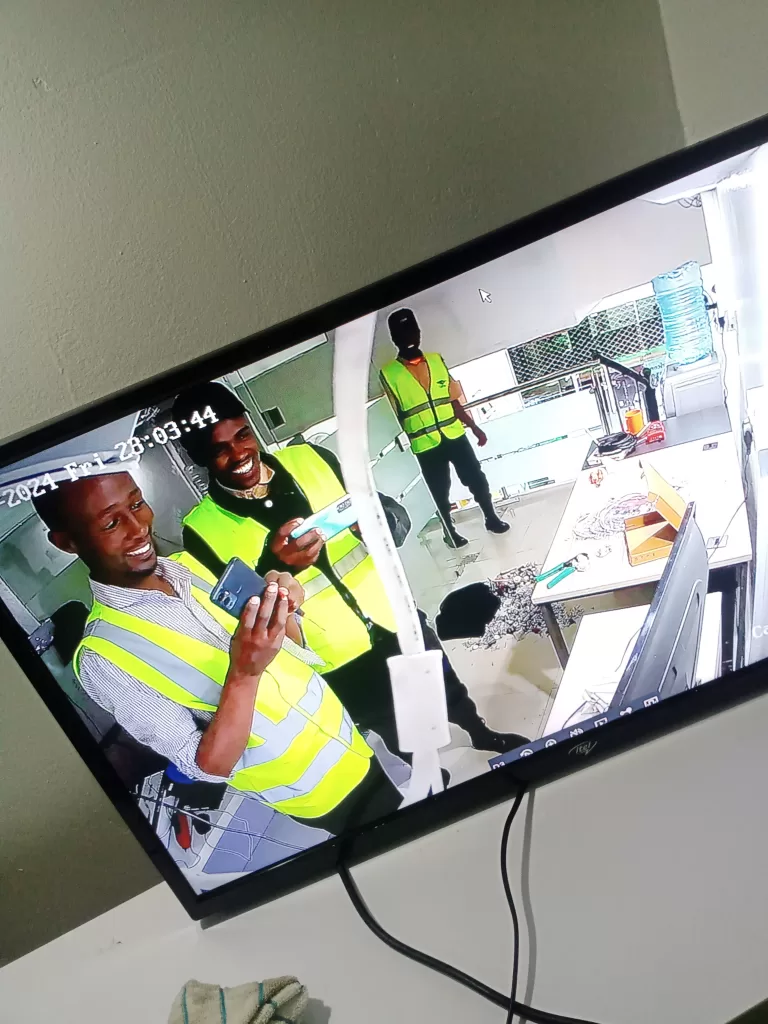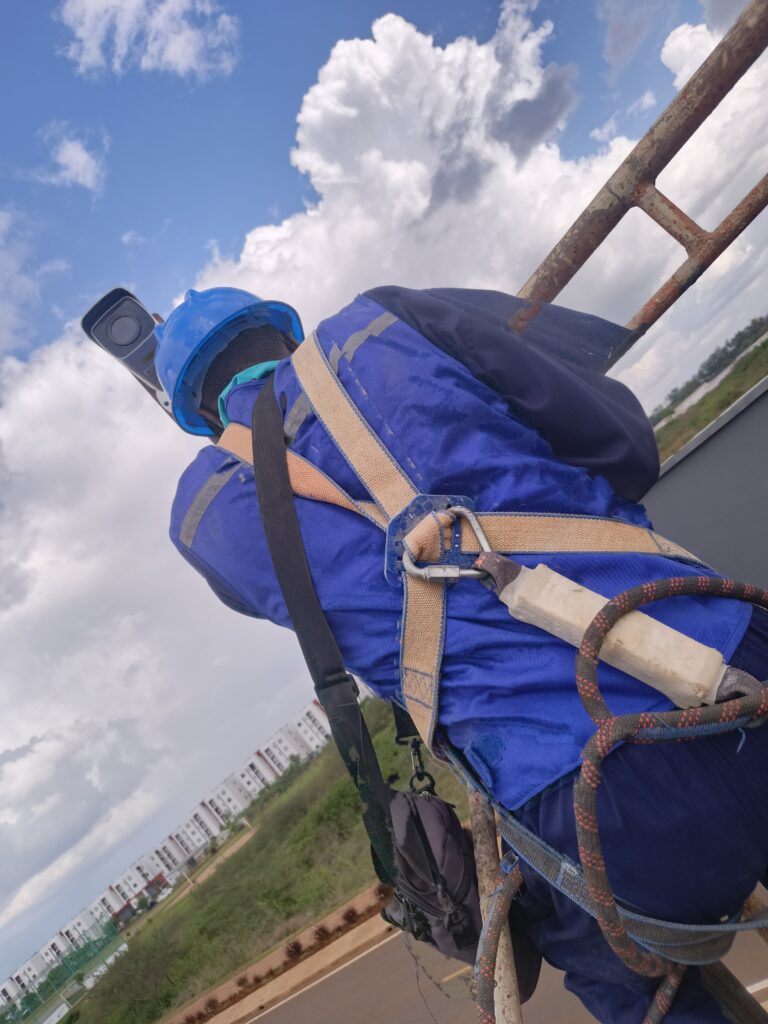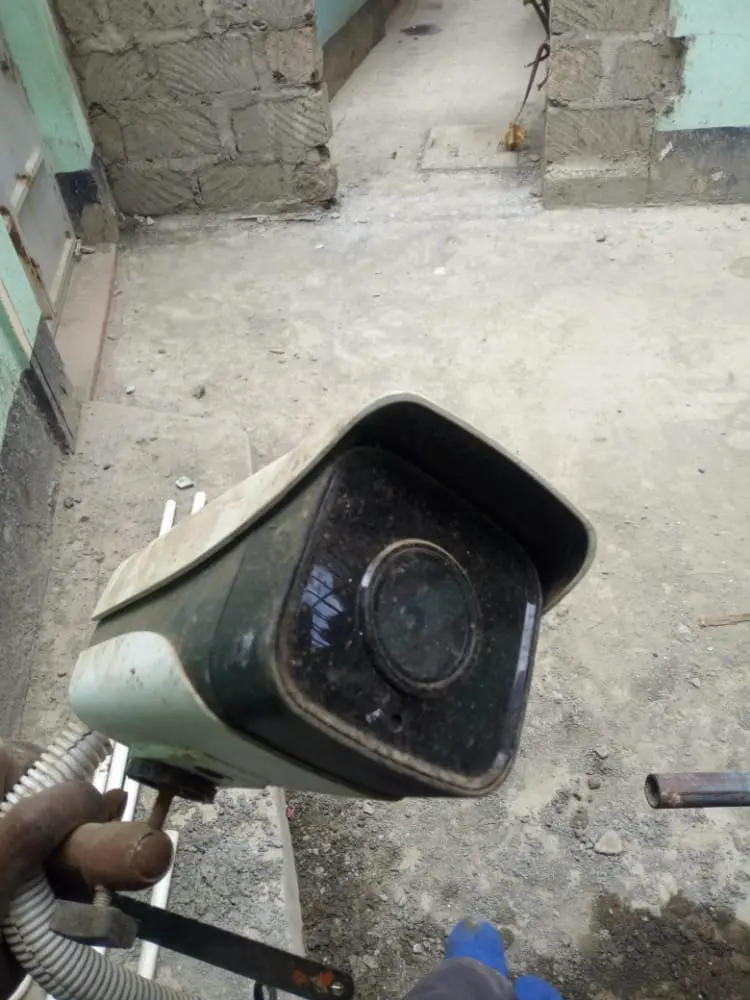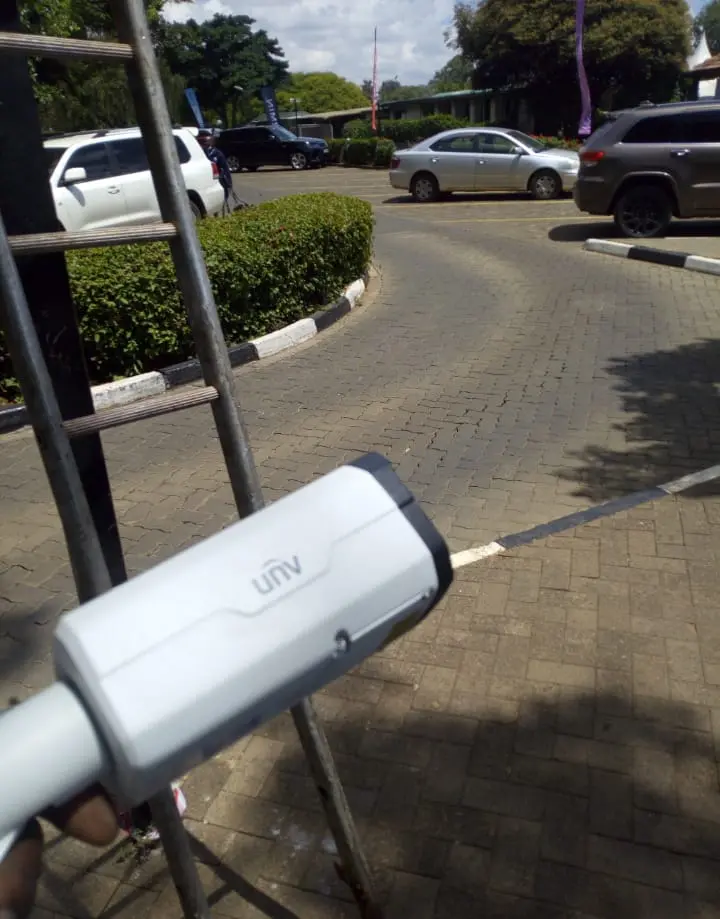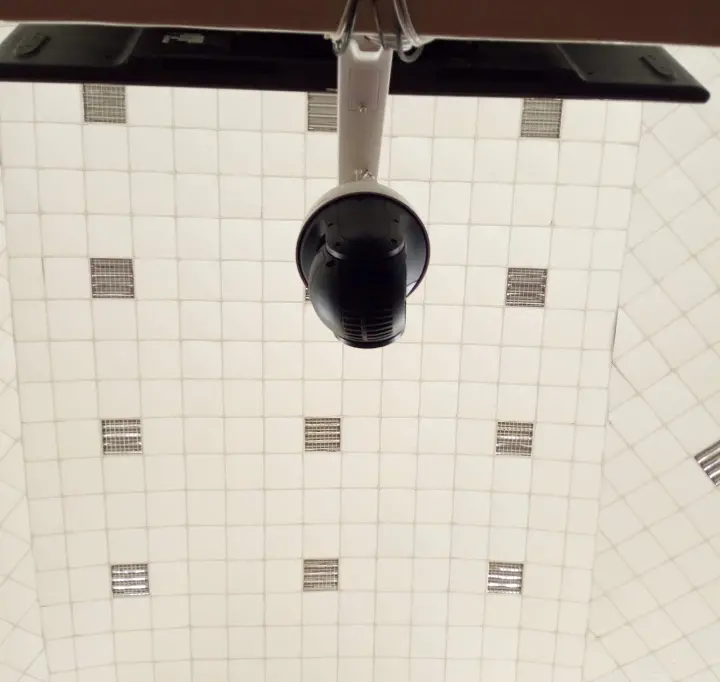The Latest Trends in CCTV Technology 2024 in Kenya. The landscape of CCTV cameras technology is evolving at an unprecedented pace. With advancements in artificial intelligence, resolution capabilities, and integration with other smart technologies, the future of CCTV holds immense potential. In this article, we’ll delve into the cutting-edge trends that are shaping the next generation of surveillance systems.
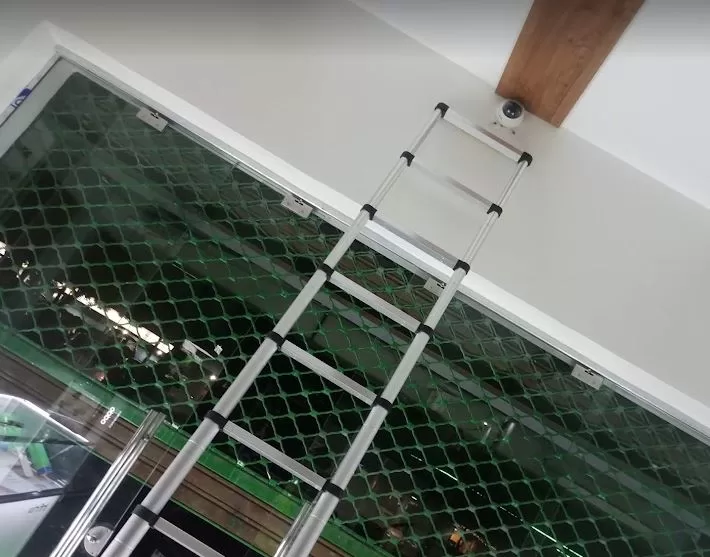
1. AI-Powered Video Analytics
Artificial Intelligence (AI) is revolutionizing CCTV technology. Advanced video analytics, empowered by AI, enable functions like facial recognition, object detection, and behavior analysis. This translates to more accurate threat detection and quicker response times, making AI-driven CCTV systems an integral part of future security setups.
2. 4K and Beyond: Ultra HD Resolutions
The days of grainy, low-resolution CCTV footage are numbered. Ultra High Definition (UHD) cameras, boasting 4K and even 8K resolutions, are becoming standard. These offer unparalleled clarity, making identification of individuals and objects easier than ever before.
3. IP-Based Cameras for Enhanced Scalability
The transition from analog to Internet Protocol (IP) cameras continues to gain momentum. IP-based systems offer greater scalability, flexibility, and ease of integration with existing network infrastructures. This shift paves the way for more advanced features and future-proofing surveillance investments.
4. Edge Computing for Real-Time Processing
Edge computing is poised to redefine CCTV technology. By processing data locally on the camera or nearby devices, rather than relying solely on centralized servers, latency is reduced, and real-time applications like facial recognition become even more efficient.
5. Low-Light and Thermal Imaging Innovations
Advancements in sensor technology are revolutionizing low-light performance. Additionally, thermal imaging cameras are gaining traction for applications that demand surveillance in complete darkness, such as perimeter security and critical infrastructure protection.
6. Smart Integration with IoT Devices
The future of CCTV lies in its ability to seamlessly integrate with the Internet of Things (IoT). Imagine a security ecosystem where cameras work in tandem with access control systems, alarms, and smart lighting, creating a unified approach to safeguarding spaces.
7. Cloud-Based Storage and Video Management
Cloud technology is reshaping how CCTV footage is stored and managed. With the ability to access and retrieve data from anywhere with an internet connection, cloud-based solutions offer enhanced redundancy, scalability, and convenience for users.
8. Cybersecurity and Encryption Measures
As the reliance on IP-based cameras grows, so does the importance of robust cybersecurity measures. Encryption protocols and secure network configurations are essential to safeguard against unauthorized access, ensuring the integrity of surveillance systems.

